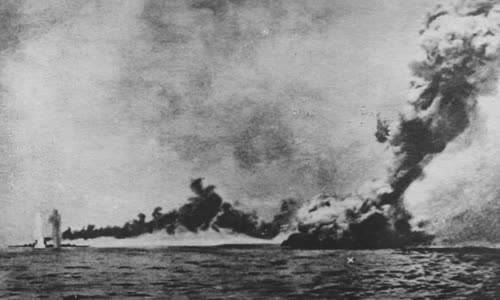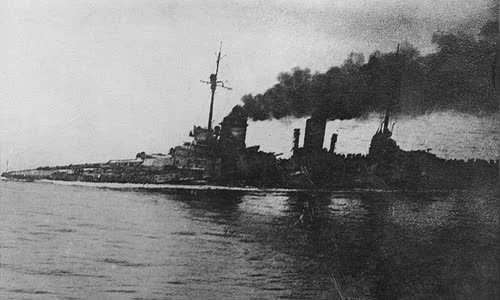With 250 vessels, including 34 battleships, the Jutland battle between England and Germany is the largest military history in terms of total water relaxation.
In 1916, the British Navy and Germany confronted each other in the battlefield in the North Sea off the Danish Jutland peninsula, with the participation of 250 battles and nearly 100,000 sailors.

HMS Queen Mary's ship was sunk in Jutland Battle Photo: Wikipedia
World War I is the peak period of battleships.
This is a modal window.
Beginning of Dialog Window.
End of Dialog Window.
In May 1916, British and German forces were trying to win resounding in front of the enemy.
On May 30, 1916, the British fleet consisted of 151 ships, including 28 battleships and 9 cruisers, on the road after grasping the position and intent of the Germans.
On the afternoon of May 31, the two sides reconnaissance force discovered each other and started fighting fierce.
The German reconnaissance vessel sank the two-weeks of British flagship, while taking the scouts of England moving towards the key fleet.
HMS Queen Mary's ship was sunk in Jutland Battle.
At this time, the British lost thousands of sailors and two large battleships but still holding advantages.

Seydlitz SMS Cruiser About Port After Jutland Photo: Wikipedia
Although not receiving the intelligence information needed to prepare, command the British fleet still can order the ships to form the arc to create a German ambush trap.
German troops later sought to withdraw and reorganize the squad, but the British troops deploy the tactics of breaking the T-shaped strategy, in which the British warship was made into a shot to the entire main cannon to straighten the German squad, inside
The British lineup has just held the position of preventing the Germans to escape, and has the advantage of clear view due to the sun behind German vessels.
The German army against paid fiercely when falling in a desperate situation, causing severe damage and caused many ships to sink in the evening.
At this time, the Germans need to move to the east and south.
The German army takes advantage when the night falls, when the warship he loses the advantage of the range and German launchers can close to the enemy.
Seydlitz SMS Cruiser About Port After Jutland Battle.
Germany announced to win tactical victories, causing him to suffer from losing a loss of 14 warships, more than 6,000 sailors in less than 24 hours, in exchange for 2,551 soldiers killed and 11 ships were sunk.
Germany then was forced to move to submarine warfare to undermine his resupply line along the Atlantic Ocean.



 Angie Parker-Brown
Angie Parker-Brown







